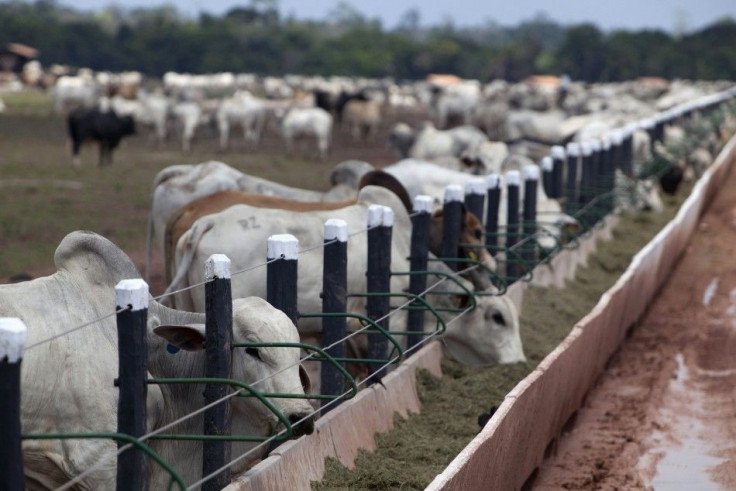Scientists find link between breast cancer and cow virus

For the first time, researchers have found a connection between breast cancer and bovine leukemia virus, or BLV, which infects dairy and beef cattle’s blood cells and mammary tissue. While the retrovirus is easily transmitted among cattle primarily through infected blood and milk, the new study does not determine how the virus infects breast tissue samples. Researchers say the virus could come through the consumption of unpasteurized milk or undercooked meat, or it could have been transmitted by other humans.
In the study, the researchers analysed breast tissue from 239 women, comparing samples from women who had breast cancer with women who had no history of the disease for the presence of BLV. From the participants, they found that 59 percent of breast cancer samples had evidence of exposure to BLV, while 29 percent of the tissue samples from women who never had breast cancer showed exposure to BLV.
“The association between BLV infection and breast cancer was surprising to many previous reviewers of the study, but it’s important to note that our results do not prove that the virus causes cancer. However, this is the most important first step. We still need to confirm that the infection with the virus happened before, not after, the breast cancer developed, and if so, how,” says the study’s lead author, Professor Gertrude Buehring from the Division of Infectious Diseases and Vaccinology at University of California Berkeley’s School of Public Health.
According to a 2007 survey conducted by the U.S. Department of Agriculture, all dairy operations with large herds of 500 or more cows tested positive for BLV antibodies. Even dairy operations with small herds of fewer than 100 cows tested positive for BLV 83 percent of the time. For a long time, there was a belief that the virus could not be transmitted to humans. As a result, there has been little incentive for the cattle industry to set up procedures to contain the spread of the virus. However, a study led by Buehring published in 2014 disputed this theory, after it detected evidence of human infection with BLV.
In the new study, published in the journal PLOS ONE, Buehring and his team leveled up this discovery by showing a higher likelihood of the presence of BLV in breast cancer tissue. When they analysed the data, the researchers found that the odds of having breast cancer if BLV were present was 3.1 times greater than if BLV was absent. This odds ratio, according to Buehring, is higher than any of the frequently publicised risk factors for breast cancer, such as obesity, alcohol consumption and use of post-menopausal hormones.
Previous studies have already established the viral origins of cancer. The Hepatitis B virus, for one, is known to cause liver cancer, while the human papillomavirus can lead to cervical and anal cancers. Vaccines, which have been developed for both these viruses, are routinely used to prevent the cancers associated with them. Buehring says that if BLV is proven to cause breast cancer, it could shift the emphasis to prevent the disease rather than trying to cure or control it after it has already occurred.
Contact the writer at feedback@ibtimes.com.au or tell us what you think below.




















